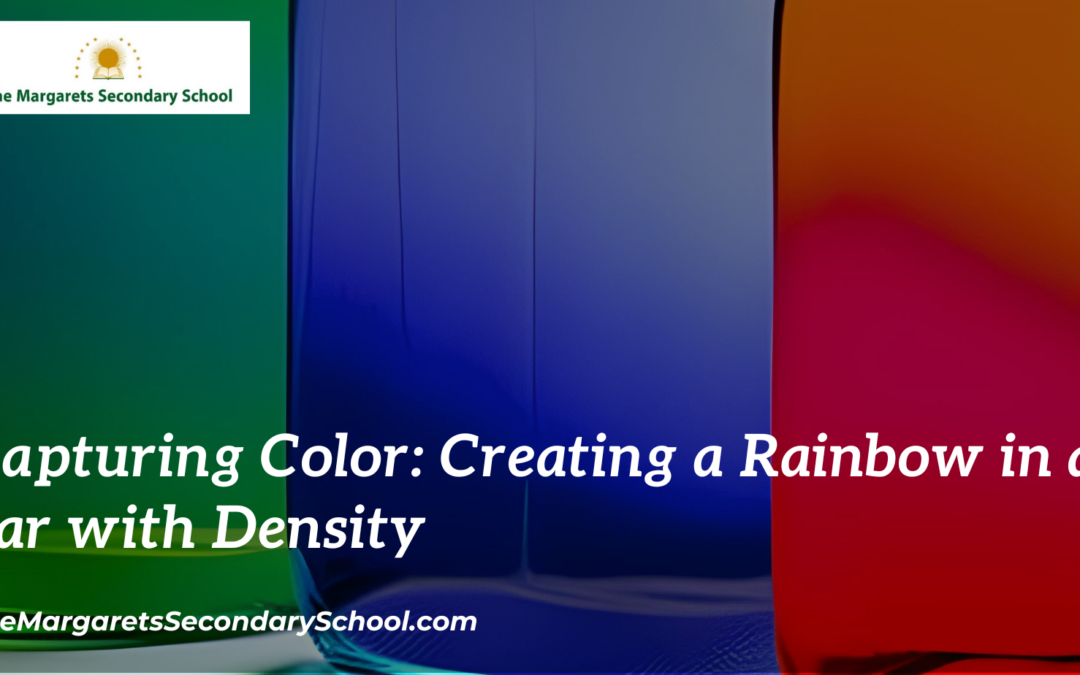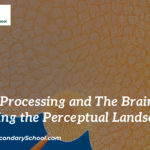Rainbow in a Jar
Rainbows are a stunning natural phenomenon that often leave us in awe of their vibrant beauty. But did you know that you can create your very own rainbow-like display right in a jar? In this fascinating science project, we’ll explore the concept of density and use it to create a mesmerizing rainbow in a jar.
Diving into Density
Density refers to how tightly packed the molecules of a substance are. Different liquids have different densities, and when they are carefully layered, they create distinct layers that don’t easily mix. This property gives us the opportunity to mimic the colors of a rainbow in a unique and captivating way.
Crafting Your Rainbow in a Jar
Creating a rainbow in a jar is not only a visually stunning experiment but also an exploration of scientific concepts. Here’s what you’ll need:
Materials:
- Clear glass jar or container
- Various liquids with different densities (e.g., corn syrup, dish soap, water, vegetable oil)
- Food coloring (in rainbow colors: red, orange, yellow, green, blue, indigo, violet)
- Small containers for mixing liquids
- Dropper or pipette
- Spoon or stirrer
- Safety goggles (for added precaution)
Instructions
- Choose Your Liquids: Gather the liquids you’ll use to create your rainbow. Corn syrup, dish soap, water, and vegetable oil are commonly used because of their varying densities.
- Color the Liquids: In separate containers, mix each liquid with a few drops of food coloring to create your rainbow colors.
- Layering the Rainbow: Start by gently pouring the liquid with the highest density (heaviest) into the bottom of the jar. Slowly pour the next liquid with slightly lower density on top of the first layer. Continue this process with each color of the rainbow, pouring each liquid very carefully to avoid mixing.
- Observing the Layers: As you add each layer, you’ll notice that the liquids form distinct layers due to their differing densities. The colors will stack on top of each other, creating a beautiful rainbow effect within the jar.
The Science Behind It
The reason the liquids form layers is because of their varying densities. Heavier liquids sink below lighter liquids. This phenomenon is the same reason oil floats on water and why ice cubes float in a glass of water.
Exploring Further
You can experiment with different liquids to see how they interact and create layers. Try changing the order of the liquids or using liquids with even greater differences in density to see how it affects the appearance of your rainbow.
Conclusion
Creating a rainbow in a jar is a captivating way to understand the scientific principle of density while also appreciating the beauty of colors. As you watch the layers stack up to form a vibrant spectrum, you’re witnessing firsthand how the natural world is full of surprises waiting to be explored. So, gather your materials, create your rainbow, and let the captivating science of density unfold before your eyes.





